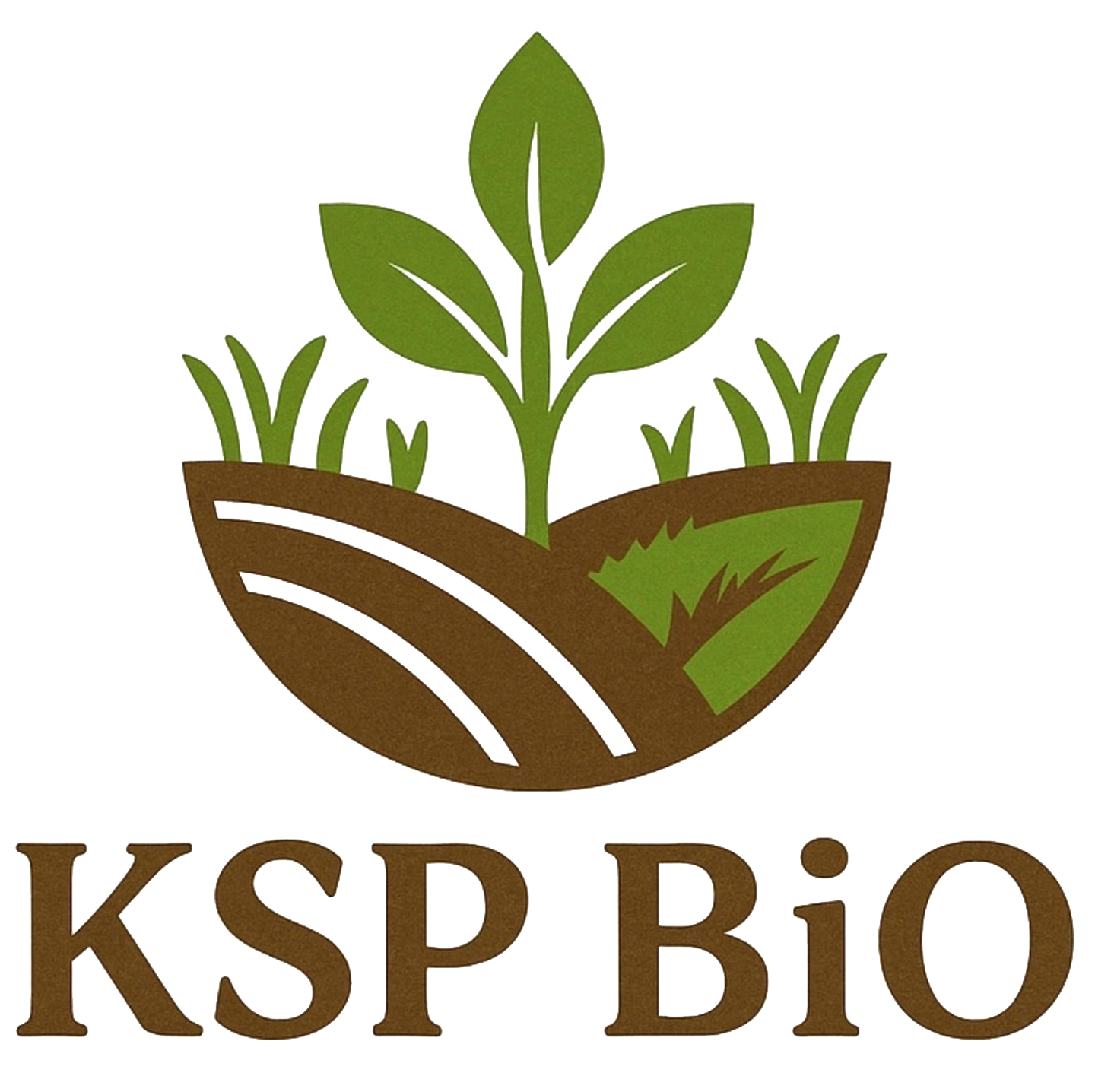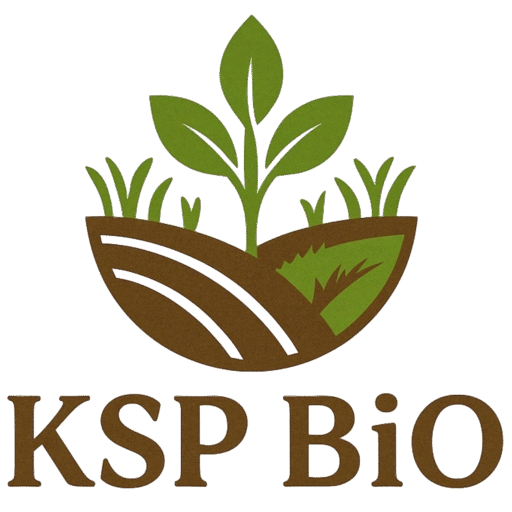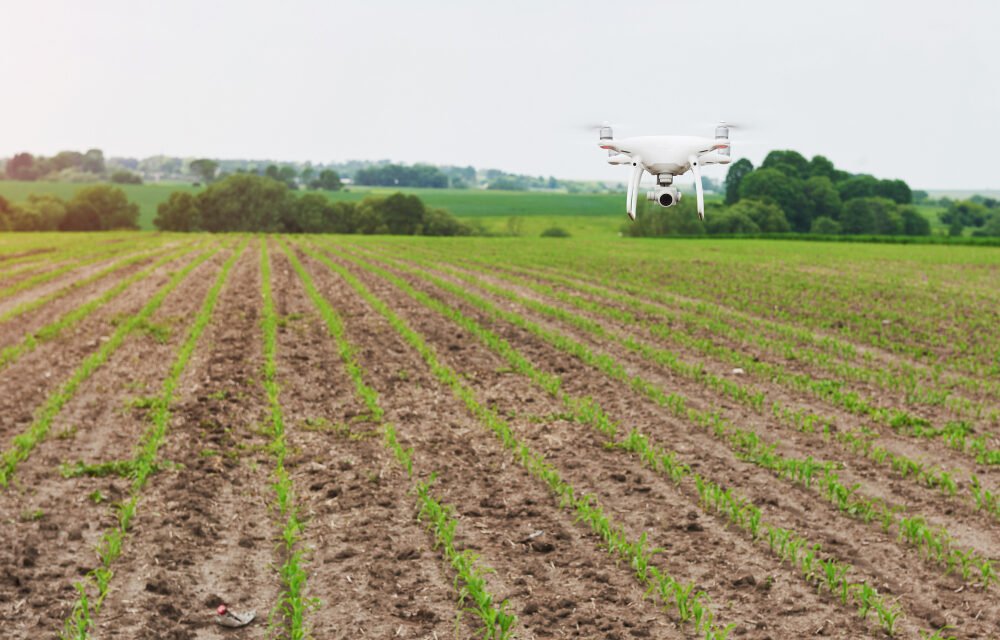Modern farming is undergoing a massive transformation—and drones are leading the charge. What once required hours of manual fieldwork can now be done in minutes with high-tech precision. From pest detection to crop health analysis, drones are reshaping the way farmers monitor and manage their crops.
🌾 Why Crop Monitoring Matters
Monitoring crops helps farmers:
- Detect diseases and pests early
- Track crop growth and maturity
- Optimize water, fertilizer, and pesticide use
- Prevent yield loss
But traditional methods are time-consuming and often imprecise. That’s where drone technology comes in.
🚁 What Are Agricultural Drones?
Agricultural drones (also called UAVs – Unmanned Aerial Vehicles) are equipped with high-resolution cameras, infrared sensors, and GPS systems. These drones fly over fields to collect real-time data on crop health, soil conditions, irrigation needs, and more.
🔍 Key Ways Drones Are Revolutionizing Crop Monitoring
1. Aerial Imaging & Mapping
Drones capture high-definition aerial images that show:
- Crop density and uniformity
- Areas affected by disease, pests, or nutrient deficiency
- Waterlogged or drought-stressed zones
These maps allow farmers to act faster and smarter.
2. NDVI Analysis (Normalized Difference Vegetation Index)
With multispectral sensors, drones can analyze plant health by measuring chlorophyll levels. This helps identify:
- Unhealthy or underperforming plants
- Stress from water, heat, or nutrient shortages
- Ideal harvest times
3. Spot Spraying and Precision Farming
Some drones can also spray fertilizers or pesticides only where needed. This reduces:
- Chemical use
- Costs
- Environmental damage
4. Time-Saving and Labor Reduction
What used to take a team of farmers hours—like checking rows of crops—is now done in 10–20 minutes. Drones can cover 100+ acres in a single flight.
💡 Real-World Example
A turmeric farmer in Maharashtra reported a 25% increase in yield after using drone-based crop health reports. Early detection of leaf spot and timely intervention saved most of his plantation.
📈 Benefits of Drone Crop Monitoring
- Faster Decision-Making
- Better Yields & Lower Costs
- Accurate Data for Record-Keeping & Compliance
- Sustainable Farming with Less Waste
🚧 Challenges to Consider
- Initial investment (though drone service providers are affordable)
- Regulatory permissions (in some regions)
- Training and technical knowledge required
🛠️ The Future of Drones in Agriculture
With AI and machine learning, drones are becoming even smarter—offering predictive insights, automatic pest classification, and integration with mobile apps for farmers. They’re not just tools—they’re becoming essential farming partners.


